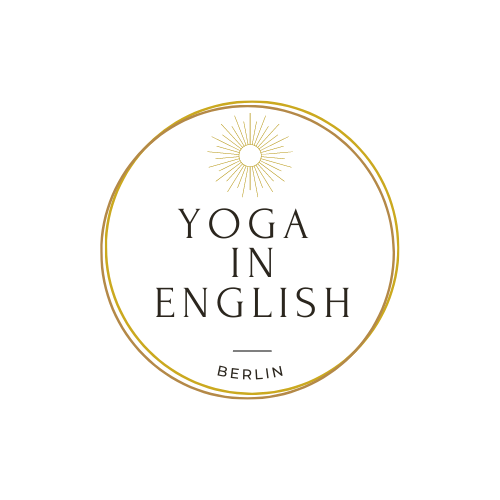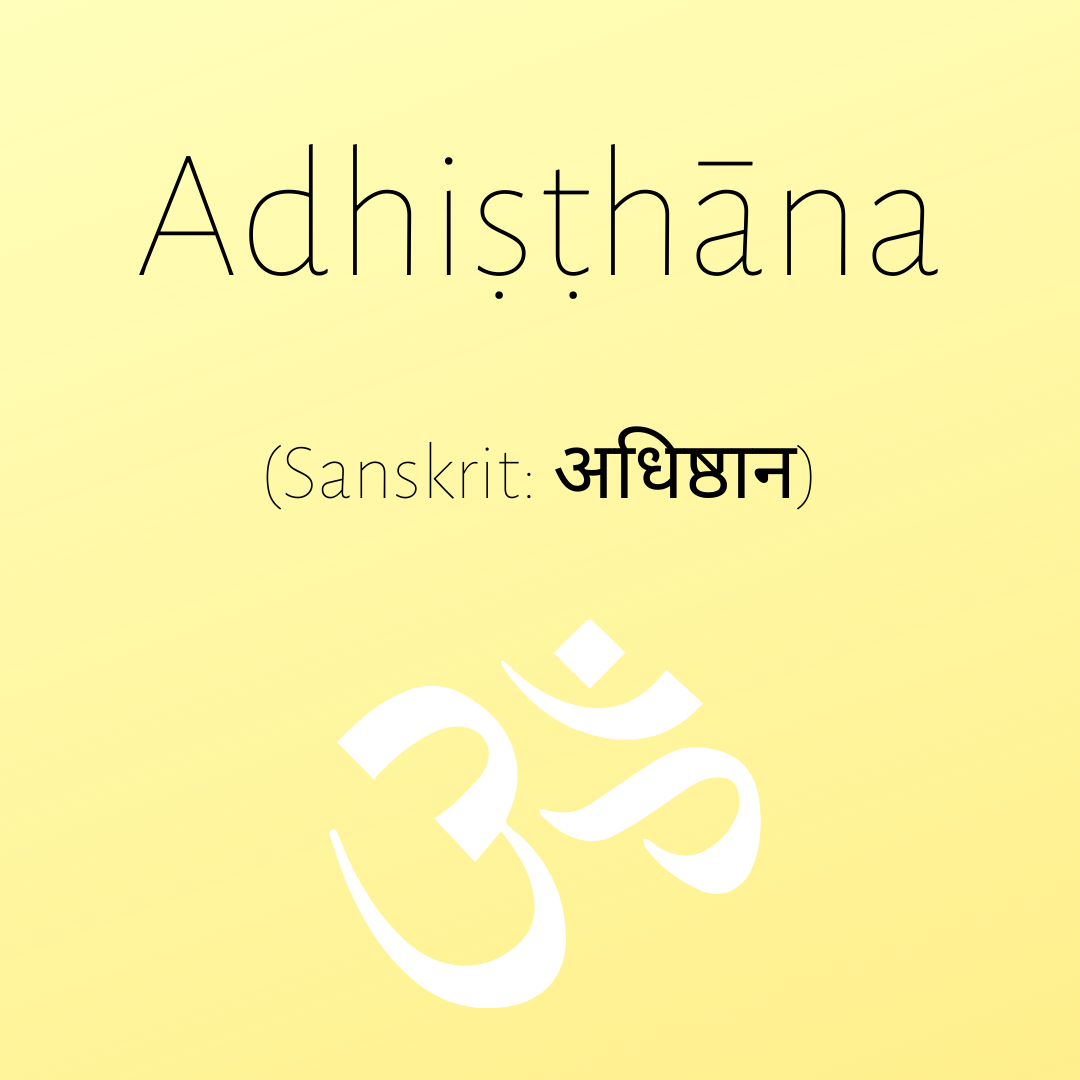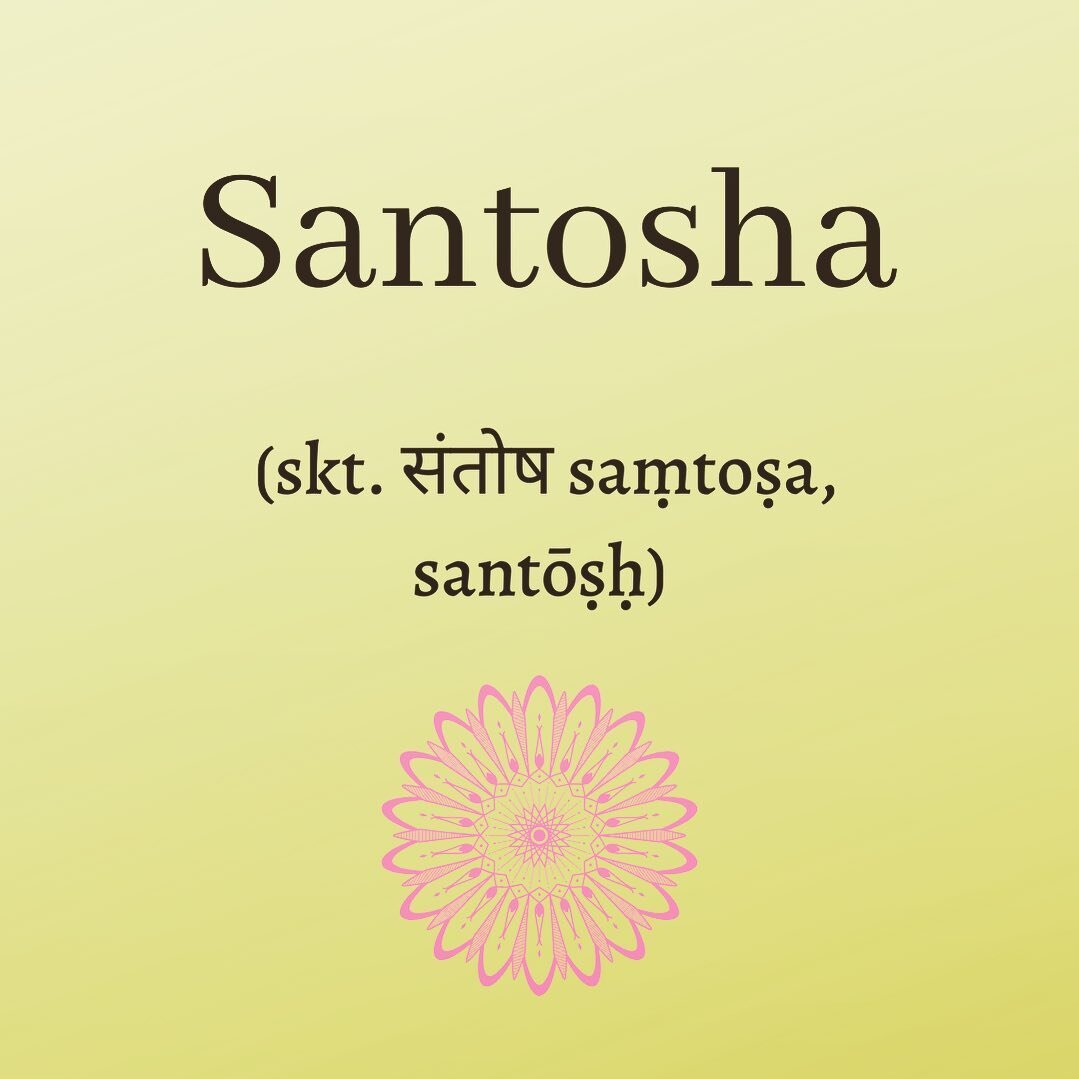Today we explored vairāgya in our morning meditation class. This is usually translated from Sanskrit as: non-attachment / dispassion / objectivity. An interpretation that I love from one of my teachers is 'the absence of longing for things’.
It’s an attitude we can bring into meditation; allowing sounds, sensations and experiences to be as they are, unfolding before us as we let our reactivity relax. We’re invited to take a pause from the constant push and pull of reaching after imagined gain and loss, whether mental or material. To relax into ‘being’ itself.
When we examine the nature of worldly ‘gain’, we find that external objects are finite, so can’t bring lasting happiness. When we really accept that, something magical occurs: vairāgya happens by itself. We no longer need to ‘make’ it happen; attachments naturally start to drop away as we discover inner sources of fulfilment.
What’s more, we become less susceptible to advertising and images of perceived perfection on social media when we remember that we have enough, and we are enough. So, integrating vairāgya into our daily life mindset gives such emotional stability and contentment.
Someone in the group said that this reminds her of how she’s been feeling in corona times - enjoying finally having time to be with herself, in the relaxation that comes from fewer choices and reduced external focus. I really resonate with this. It’s a time that can teach us so much about needing to take a pause.
I hope you’re all well and have time for yourself to reflect, breathe, rest, be... Love, Anya
*Vairāgya is found in the Yoga Sūtras of Patañjali, where it is coupled together with abhyāsa - repeated practice - as the key to calming the movement of the mind (YS 1.12, "abhyāsa-vairāgyabhyāṁ tannirodhaḥ”)






